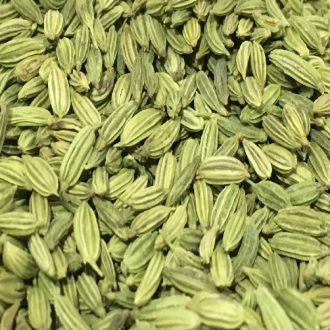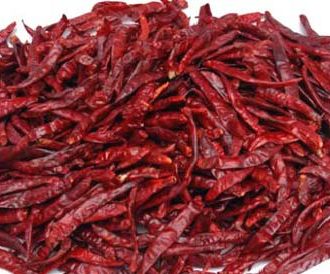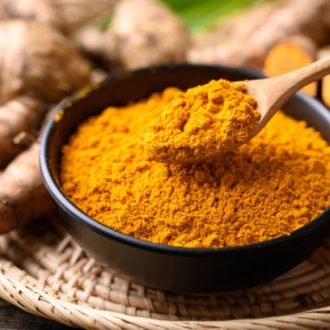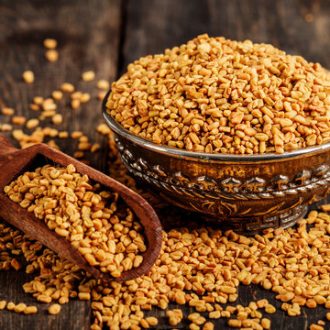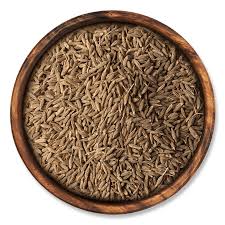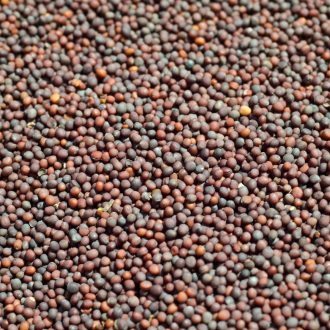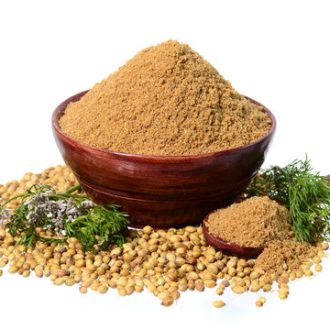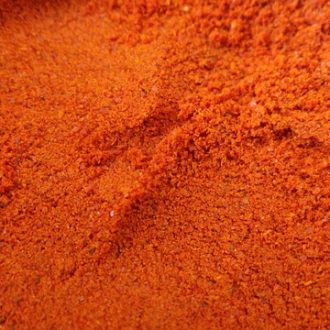Description
Specification of Coriander Seeds Grade wise
| CORIANDER | Brown | Yellow | Green Yellow | Brown Green |
|---|---|---|---|---|
| PURITY | 98% | 98% | 98% | 98% |
| MOISTURE | 8% | 8% | 8% | 8% |
| SPLIT SEEDS | 5% | 5% | 5% | 5% |
| DAMAGED SEEDS | 2% | 2% | 2% | 2% |
| ASH | 7% | 7% | 7% | 7% |
| PACKING | New Thin Jute Bags Or New Pp Bags In 8/9/10/25/40 Kgs | |||
| LOADING | 12 MT in 20 FT and 24 MT in 40 FT | |||
Coriander seeds, also known as dhania, are the dried fruits of the coriander plant (Coriandrum sativum). They are a popular spice used in various cuisines around the world and are known for their distinct aroma and flavor, which is a combination of citrusy, sweet, and slightly pungent notes. Beyond culinary uses, coriander seeds also have medicinal properties and are used in traditional medicine systems like Ayurveda.
-
Flavor and Aroma:They offer a unique blend of citrusy, sweet, and slightly pungent notes, often described as reminiscent of lemon peel and sage.
-
Culinary Uses:Coriander seeds are a staple in various cuisines, including Indian, Middle Eastern, and Latin American dishes. They can be used whole, ground, or roasted to enhance their flavor.
-
Medicinal Properties:Coriander seeds are recognized for their potential health benefits, including digestive and anti-inflammatory properties.
-
Essential Oils:They contain essential oils, with linalool being a major component, which contributes to their characteristic aroma and flavor.
-
Physical Properties:The seeds are small, round, and yellowish-brown. Their physical properties, like size and density, can vary based on moisture content.


